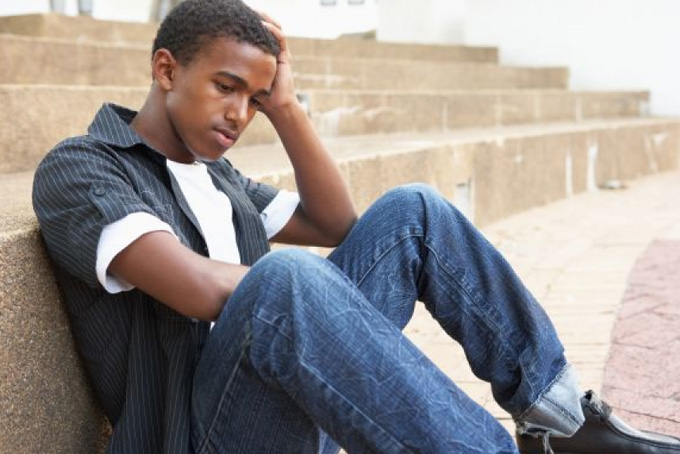
PHILADELPHIA (NNPA)–Take a walk through a low-income minority neighborhood in the city of Philadelphia on any given weekday and you’re sure to notice the unusually large number of young people sitting on stoops, hanging out in front of the pizza shop, playing ball in the school yard or simply riding their bikes from one end of the block to the other.
Engage a few of them in conversation and you’ll find that for the most part these are bright and ambitious young people, and almost all of them have big plans for the future. Sadly, for many of them those plans will never come to fruition.
Some will eventually find their way into low-paying jobs with little opportunity for advancement. Others will get caught up in the criminal justice system and spend years transitioning in and out jail. A few will buck the odds and move on to careers in college followed by good paying jobs.
It’s hard to tell from talking to them who among them will make it and who won’t; but the data is crystal clear on one thing: The more time they spend on the block after leaving high school the less likely they are to ever leave it.
Thanks to structural inequality, residential segregation, the increasing globalization of industry, and most acutely, extended fallout from the Great Recession, increasing numbers of American young people are joining the ranks of the “disconnected” – an invisible army trapped in the no man’s land between adolescence and adulthood – who face fewer options than ever for getting out.
According to a new report from the group Measure of America, one in every seven Americans between the ages of 16 and 24 — 5.8 million young people in all — are neither working nor in school. And no community has been hit harder than African Americans.
Nationwide, African Americans are twice as likely as Whites to be disconnected in their teens and early twenties. In major urban areas, the racial distinction is even more stark. In the worst-hit cities in America, one-in-five African American young people is disconnected, the highest rate of any ethnic group.
Here in Philadelphia, more than a quarter of Black youths fall into this category, compared to just 8.9 percent of Whites, a racial gap of 16.3 percentage points. In the poorest areas of West Kensington and Southwest Philadelphia, nearly one out of every three youths are in a state of virtual idleness, a predicament that not only fuels increased rates of crime, but virtually shuts the door on income mobility among the poorest communities.
One-in-10 male high school dropouts between the ages of 16 and 24 is behind bars, according to Measure of America, a figure that jumps to nearly one-in-four for African Americans.